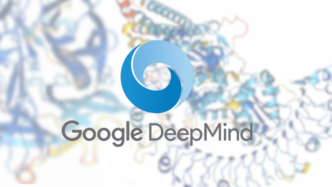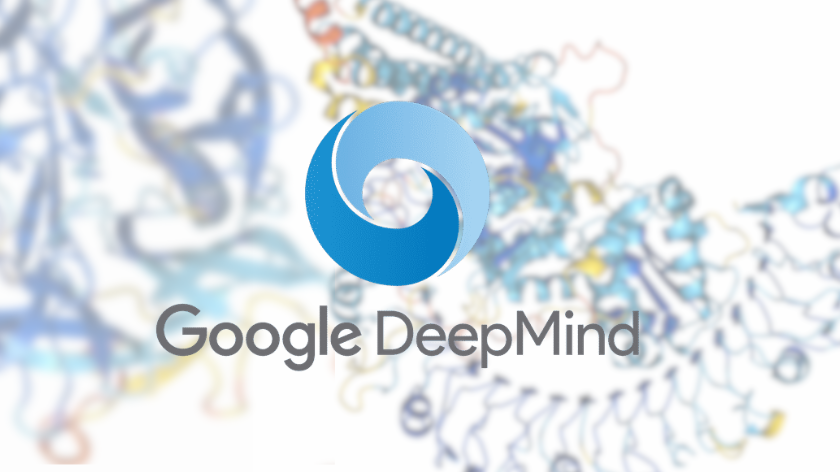Unveiling the Mysteries of Artificial Intelligence
Artificial Intelligence (AI) is transforming our world—from breakthroughs in drug discovery to revolutionizing robotics. Yet, a significant challenge remains: we don’t fully understand how AI works. Despite its impressive capabilities, the inner workings of AI models are often a black box, too complex for humans to decipher. This lack of transparency poses risks, especially when deploying AI in sensitive fields like medicine. Let’s dig deeper into DeepMind’s Gemma Scope’s into the area.
Why Understanding AI Matters
• Hidden Flaws: Without knowing how AI reaches its conclusions, critical flaws may go unnoticed.
• Trust and Safety: Transparency is essential for building trust and ensuring AI systems behave as intended.
• Regulation Compliance: Understanding AI helps meet ethical guidelines and legal requirements.
DeepMind’s Gemma Scope: A New Window into AI
What Is Gemma Scope?
In July, Google’s DeepMind introduced Gemma Scope, a tool designed to help researchers peer inside AI models. It’s part of a burgeoning field called mechanistic interpretability, or “mech interp” for short.
Mechanistic Interpretability Explained
• Goal: Reverse-engineer AI algorithms to understand how they process information.
• Method: Analyze the model’s internal components, like neurons and layers, to see how they contribute to outputs.
• Benefit: Provides insights into AI decision-making processes, allowing for better control and optimization.
How Gemma Scope Works
1. Using Sparse Autoencoders
Gemma Scope employs a technique called sparse autoencoders to dissect AI models:
• Microscopic View: Acts like a microscope, zooming into each layer of the model.
• Feature Identification: Finds features—categories of data representing larger concepts within the model.
• Efficiency: Limits the number of neurons used for a more generalized representation.
2. Balancing Granularity
• Too Detailed: Overly granular views can be incomprehensible.
• Too Broad: Zooming out may miss important nuances.
• Solution: Run autoencoders at different sizes to capture varying levels of detail.
Real-World Applications and Discoveries
Interactive Experiments
• Neuronpedia Collaboration: Partnered with DeepMind to create a demo of Gemma Scope.
• Play Around: Users can input prompts and see which features are activated.
• Example: Turning up the “dogs” feature when asking about US presidents results in canine-themed answers.
Human-Like Features
• Cringe Feature: Identifies when text expresses negative criticism or awkwardness.
• Significance: Shows AI models can capture subtle human concepts.
Addressing AI Bias and Errors
• Gender Bias Detection: Researchers found features associating professions with specific genders.
• Error Correction: By adjusting these features, they reduced bias in the model.
• Misinterpretation of Numbers: AI thinking 9.11 is larger than 9.8 due to associating numbers with dates or Bible verses.
• Solution: Tuning down irrelevant activations led to correct numerical comparisons.
The Challenges Ahead
Deception Detection
• Complexity: Finding and disabling features related to deception is difficult.
• Interconnected Knowledge: Deceptive reasoning isn’t isolated to a single feature.
Limitations of Steering
• Overgeneralization: Reducing violent content may unintentionally remove knowledge of martial arts.
• Trade-Offs: Adjustments can have unintended side effects on the model’s capabilities.
Potential for AI Alignment
Improving Safety and Compliance
• Content Control: Instead of using secret prompts to prevent disallowed content, directly disable related features.
• Robustness Against Jailbreaking: Prevents users from bypassing safety measures through clever prompts.
Path to Alignment
• Understanding Equals Control: Better insight into AI processes can lead to models that align more closely with human values.
• Future Research: Ongoing efforts aim to refine these techniques for practical use.
Conclusion
DeepMind’s Gemma Scope represents a significant step toward demystifying the inner workings of AI models. By leveraging mechanistic interpretability, researchers are beginning to unravel the complex algorithms that drive AI decision-making. While challenges remain, especially in areas like deception detection and balancing model adjustments, the potential benefits are immense. Enhanced understanding could lead to safer, more reliable AI systems that we can trust and control—ushering in a new era where AI not only transforms our world but does so transparently and responsibly.











